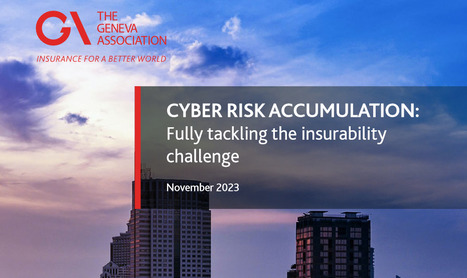As operating environments and security landscapes change, ongoing risk assessment is critical for maintaining and improving security posture.
Follow, research and publish the best content
Get Started for FREE
Sign up with Facebook Sign up with X
I don't have a Facebook or a X account
Already have an account: Login
A reference resource for the CIO and the CISO on cyber security, looking beyond the technology horizon into leadership, management, culture, governance, resilience and the real dynamics of security transformation
Curated by
JC Gaillard



 Your new post is loading...
Your new post is loading...
































